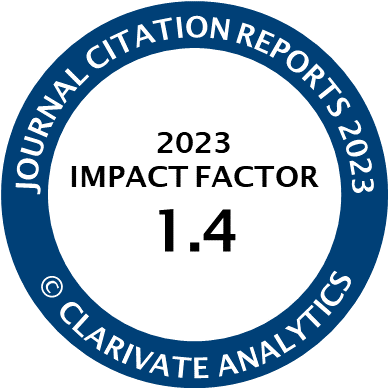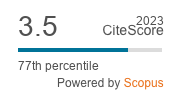Article | Open Access
Why Enrol in a Lifelong Learning Programme? A Comparative Study of Austrian and Spanish Young Adults
| Views: | 2734 | | | Downloads: | 1381 |
Abstract: Lifelong learning (LLL) programmes can be perceived as a means of governing youth transitions. Young adults can use such programmes to try to overcome different constraints in their life course. This article explores the decisions of young adults in Vienna (Austria) and Malaga (Spain) who are participating in different LLL programmes that seek to address their transition from unemployment to employment. In order to understand these decisions, we want to explore: (1) how the young adult’s experiences influenced their decision to engage with an LLL programme, (2) what role these programmes played in their biographies and (3) how young adults imagine their future. We use two theoretical lenses to explore these questions: bounded agency and projectivity. A comparative study of these two regions provides insight into how different contextual conditions influence young adults’ decisions. We perform three different analyses: of the young people’s past trajectories and transitions, of their imagined futures, and of their decision to enrol in the programme. Exploring young people’s subjective accounts of their pasts and their imagined futures helps to improve our understanding of the role young people believe these programmes play in their lives, why they have decided to enrol in them, and how they use and interpret these pathways through, and in the framework of, different contextual conditions.
Keywords: education; employability; learning programmes; life course; lifelong learning; young adults
Published:
Supplementary Files:
© Domingo Barroso-Hurtado, Ralph Chan. This is an open access article distributed under the terms of the Creative Commons Attribution 4.0 license (http://creativecommons.org/licenses/by/4.0), which permits any use, distribution, and reproduction of the work without further permission provided the original author(s) and source are credited.




